Retail tech trends which will take over in 2019
Retail in India has been undergoing significant changes since the last decade and the change has made the spread of elections easier and broadening...
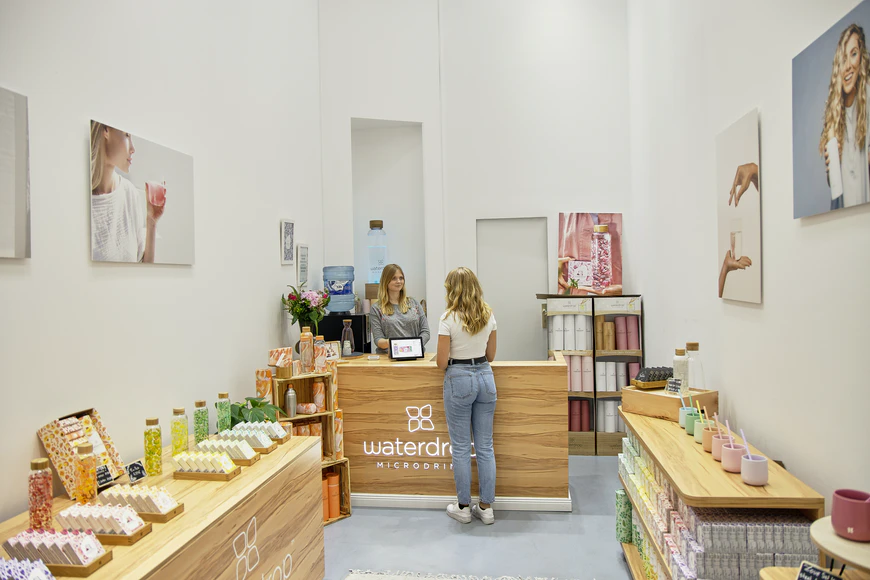

The Covid-19 pandemic in 2020 essentially set the background for retail trends in 2021. Retailers have evolved through this period and learned to create tactics that have reshaped the retail commerce industry.
Some of these trends include contactless payments, AR-powered shopping, and same-day delivery. They are all reflective of consumer preferences, but they also improve the service offerings of retail commerce by the day.
Below, we explore the retail trends that you definitely must try out in 2021 to ensure that your business stands out among competitors.
Here are nine retail trends that will ensure that your retail business keeps on being relevant in 2021.
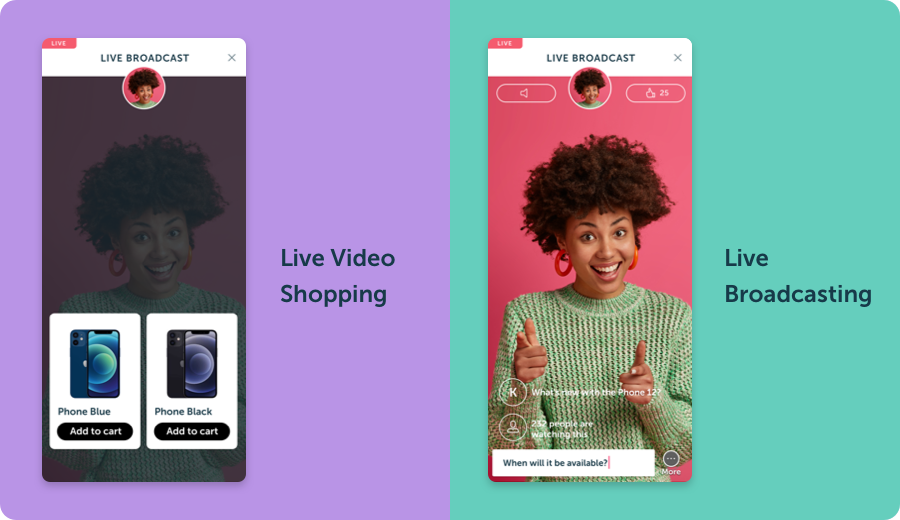
This is also called live-stream shopping, live video shopping, or live commerce. It is a way to show your audience your products and advise them about them in real-time.
Videos have always been the most Interactive and engaging type of content. Live videos take that up a notch by giving your customers an avenue to ask questions as you go. They can also make a purchase with the click of a button during the live stream.
This trend brings a lot of advantages to your retail business. First, it helps you drive product sales up. Second, it allows you to give your customer a personalized experience that they would only expect offline.
Finally, it enables you to create product awareness, education, and make sales in one fell swoop.
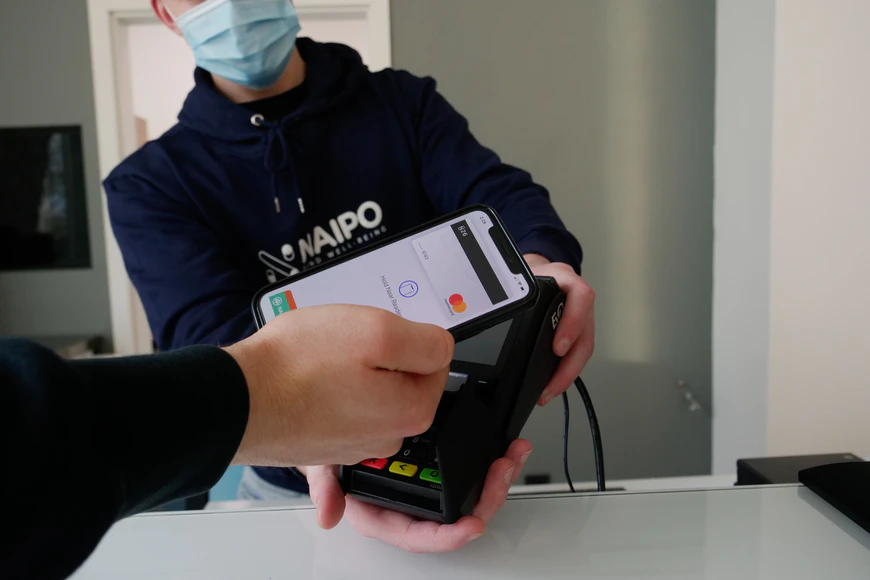
Consumers have used contactless payments for decades now. However, the onset of the Covid-19 pandemic increased its popularity. 78% of the respondents in Visa’s Back-to-Business study said they had used contactless payments at the checkout and now make fewer cash payments since the pandemic.
Covid-19 restrictions forced many retailers and consumers alike to explore alternative routes for payments. That paved the way for the prevalence of contactless payments such as tap-to-pay cards and others such as Google Pay and Apple Pay.
As consumers are getting more used to this type of payment, this is a retail trend you should adopt.
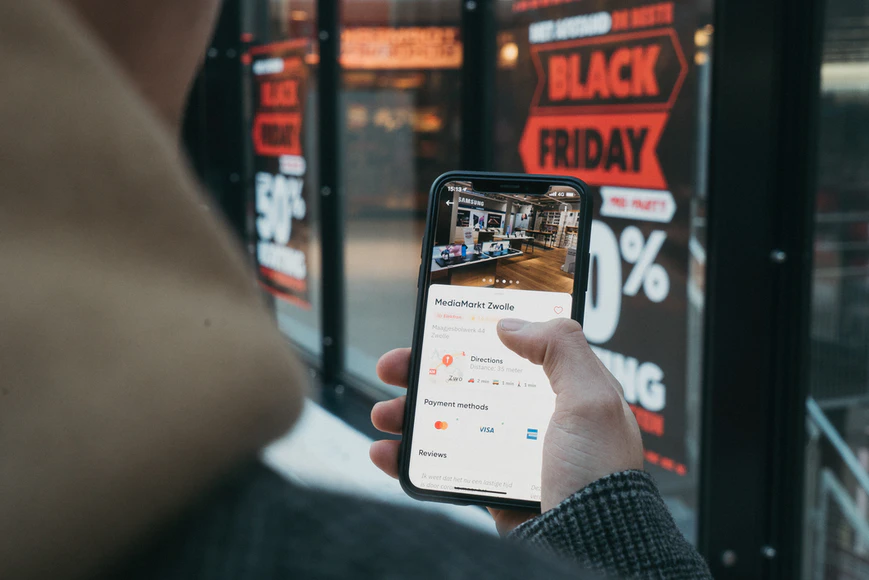
When physical stores had to close up during the early days of the pandemic, many had to turn to online stores and ecommerce.
One would have predicted that e-commerce would be the future of retail. However, we have seen a different outcome than expected—the emergence of a new omnichannel hybrid store model.
This model merges brick-and-mortar stores with ecommerce to provide a better-blended model to meet consumer needs more efficiently. It still serves its purpose even with lockdown phasing out. Physical stores have now become much more than a place to buy and sell products.
Without testing extensively, you might find it hard to integrate online and offline at first. However, with data collected from participants during the customer journey, you would find something that works for you and your customers.
Some elements of this hybrid model include dedicated return areas at the store, contactless payment service kiosks, in-store pick-up areas, etc. Retailers should start to try out what works for their unique customers and their current structure.
87% of ecommerce shoppers believe social media helps them make a shopping decision. As such, it is pretty evident that customers are leaning towards social media.
To take advantage of this, you might need to create your online stores on platforms such as Facebook and Instagram. This way, your customers can quickly browse through what you have to offer and decide to purchase without switching tabs.
Big retailers like Walmart already adopted this trend on TikTok in 2020. They pilot-tested a new shoppable product experience where users could shop from a Walmart Livestream without leaving the app.
As social commerce prevails in 2021, retailers should ensure that their businesses are not left behind. This trend can shorten your customer journey and expand your customer base.
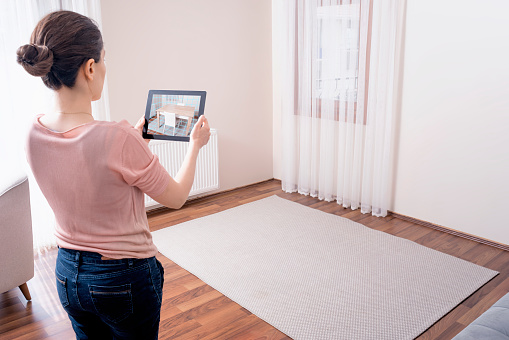
Augmented reality has been a significant part of retail since 2018. However, its technology is getting more improved by the day. Also, more people are gaining expertise about its application.
This is significant because it has now become a massive part of the e-commerce offerings of many retailers.
Consumers embraced AR-powered shopping more during the pandemic. When people could not touch, see or feel physical products, this technology delivered a wholesome experience.
Large retail brands such as Target and IKEA have taken the lead to improve shopping experiences through AR. However, smaller businesses can also do the same.
Recently, Shopify introduced its Augmented Reality product, the Shopy AR. This helps retailers create AR experiences to help their customers interact better with products. Reports from Shopify show that AR-powered shopping showed a 94% higher conversion rate than non-AR-powered shopping.
As AR technology improves, retailers should take advantage of this trend to deliver even more wholesome shopping experiences to their customers.

Online shopping attained one of the highest rates ever during the 2020 Covid-19 pandemic. This, in turn, affected the fulfillment of shopping orders. As a result, businesses like Amazon hired more delivery and packaging staff to ensure that delivery was getting to people faster than ever.
This retail trend did not end in 2020 as it had set a precedent for other retailers. In addition, customer expectations have increased when it comes to shipping, with more people opting for same-day delivery, no matter the cost.
Now, retail stores like Walmart have a two-hour express delivery option. Also, Amazon has drone technology that allows delivery within 30 minutes of ordering. With all of these recent improvements in delivery timelines, lightning-speed delivery has become the order of the day.
Retailers should strongly consider improving order fulfillment to stay competitive in 2021.

As in-person experiences reduced during the Covid-19 pandemic, it became essential to move customer support online to chatbots.
Customers had more and more inquiries, and chatbots seemed like the fastest means of meeting their needs. Of course, chatbot technology existed long before 2020, but its usage skyrocketed during the pandemic.
This technology is vital because it helps retailers respond to more customers within a short period. Chatbots can be available at all hours of the day, and long wait times can be ditched entirely.
Chatbots have also come a long way from being the impersonal service that people hated to use. As technology improves, chatbots have become more helpful to users.
For example, brands like Lego have used chatbots to create personalized gift recommendations for users based on their answers to some questions. The chatbot also directs them to a page on the website where they can complete their order.
Retailers are finding more and more ways to use chatbots to mimic in-person experiences. These are getting improved every day. A retail brand that wants to succeed, especially when many customers, should consider using chatbots.
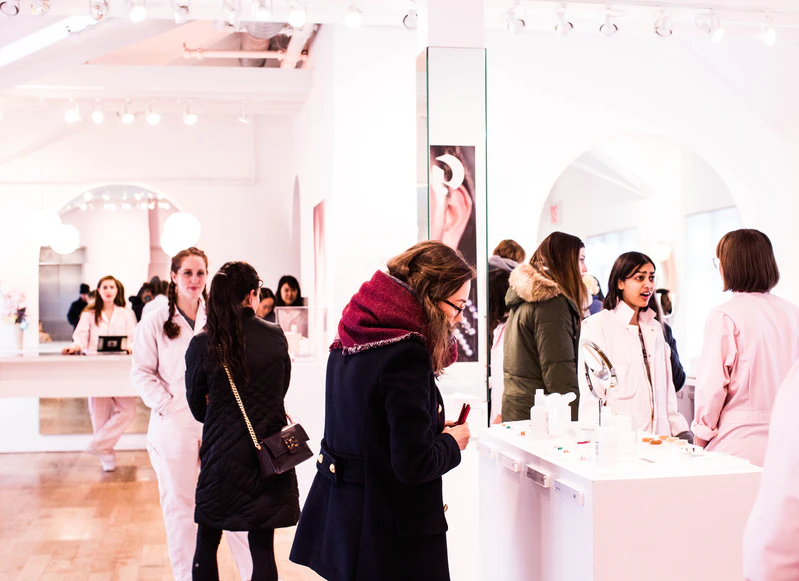
Experiential marketing is not a new retail trend. However, as online stores continue to abound, offline retailers must create unique in-store experiences. This is where experiential marketing comes to play.
Physical stores have a unique advantage over online marketing as they can provide unique experiences that customers might not find anywhere else. These are called retailtainment; brand experiences that endear the brand to the customer in ways that might be impossible online.
Many brands have created such experiences and left an indelible mark on their customers. For example, Marvel created a touring Avengers S.T.A.T.I.O.N, an interactive display using real-life movie props. Marvel used this to mirror the Marvel Cinematic Universe that their fans love. This created an immersive experience that might be hard to recreate digitally.
As a retailer, you must understand the edge that retailtainment brings to your brick and mortar store. You must also explore this to the fullest. This will increase footfalls to your store and might contribute to increased sales. If you are already building an immersive customer experience online, this will elevate and complement your efforts.
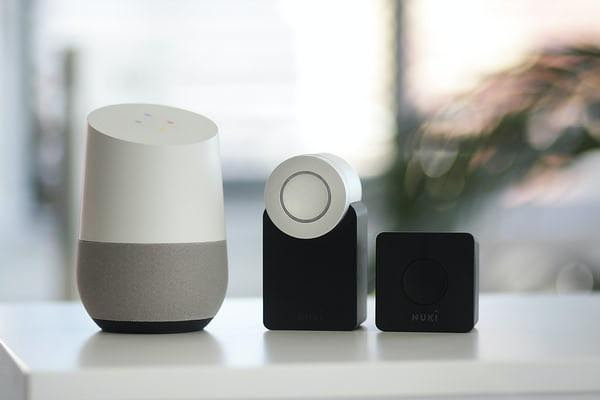
Voice control has become the order of the day for many devices and products. People ask Alexa and Siri to help them turn off their lights, find the fastest route to their favorite ice cream shops and remind them of important events.
Retailers need to create a voice commerce opportunity for their brands to take advantage of this trend. Voice commerce refers to making online sales through speech recognition technology.
As people use speech technology to get through their daily lives, the use of voice commerce increases. Thus, retailers should consider integrating voice recognition technology into their ecommerce platforms.
Keeping up with trends might be hard sometimes. As such, you need to identify what your business goals are and adopt the trends that help you achieve them.
With the above-listed suggestions, you can get anything from improving your brand visibility, engagement, and increasing sales. All you need to do is ensure that you pick the right trends to follow and then invest enough time in customizing them to fit your business.
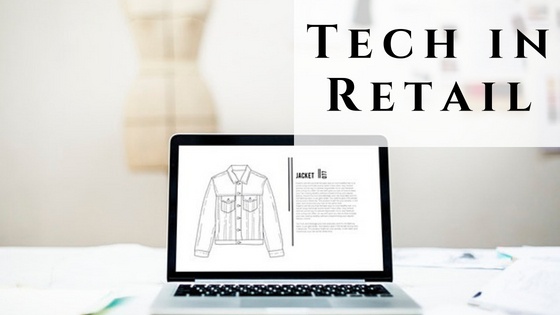
Retail in India has been undergoing significant changes since the last decade and the change has made the spread of elections easier and broadening...
 Read More
Read More